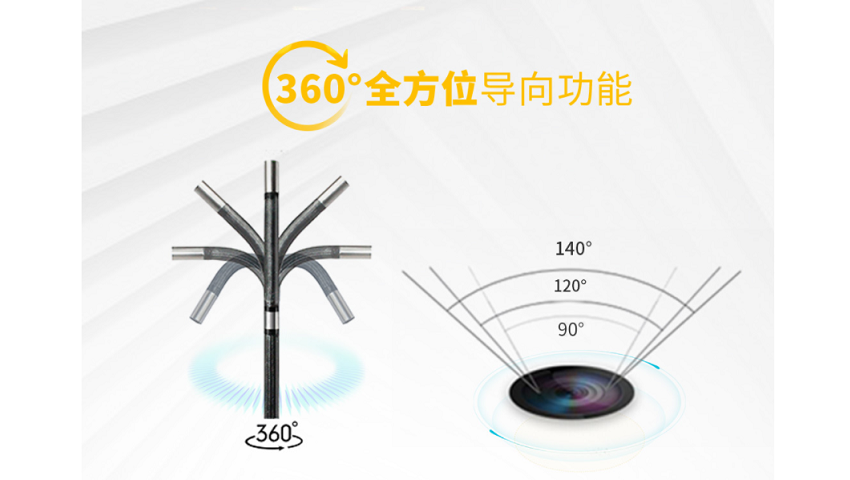Industrial Endoscope Lens Angles: Key Factors in Selection and Application
2023-08-11
Industrial endoscopes are devices used to inspect and observe difficult-to-reach areas. One crucial factor in their effectiveness is the lens angle. There are several models of lens angles commonly used in industrial endoscopes:
1.Right-angle (90-degree) lens: The most common and widely used lens, where the lens axis is perpendicular to the light guide axis. This allows for direct visualization of the inspected area and is often used in mechanical, automotive, and aerospace industries to examine bottom, side, or other hard-to-access areas.
2.Oblique (70-degree, 30-degree) lens: The oblique lens deviates from the light guide axis at a certain angle, such as 70 degrees or 30 degrees. These lenses enable observation of areas not directly visible, making them suitable for narrow, bent, or deep spaces. Oblique lenses find applications in aerospace engines, pipelines, aircraft wings, and other scenarios requiring specific viewing angles.

3.Adjustable-angle lens: These lenses have variable observation angles that users can adjust according to their specific needs. They offer a wide range of angle adjustment capabilities, such as 0 to 120 degrees. Adjustable-angle lenses are highly flexible, allowing observation and inspection from different angles to meet various inspection requirements.
4.Wide-angle (120-degree) lens: Wide-angle lenses provide a broad field of view, typically 120 degrees. These lenses cover larger areas, offering a wider scope of observation. Wide-angle lenses are particularly useful for panoramic observation and inspection of structures, underwater exploration, and more.
5.Micro angled lens: This special type of endoscope lens is miniaturized, making it suitable for applications requiring access to tiny spaces. These lenses typically have a small diameter and can be flexibly bent through the light guide, enabling observation and inspection of small components, circuit boards, and other micro-scale objects.
In summary, industrial endoscopes come with various lens angle models, including right-angle, oblique, adjustable-angle, wide-angle, and micro angled lenses. Each angle serves different inspection needs, allowing users to choose the appropriate lens for their specific requirements. These angle models find wide application across industries, improving inspection efficiency and reliability in manufacturing, maintenance, aerospace, and other fields.



